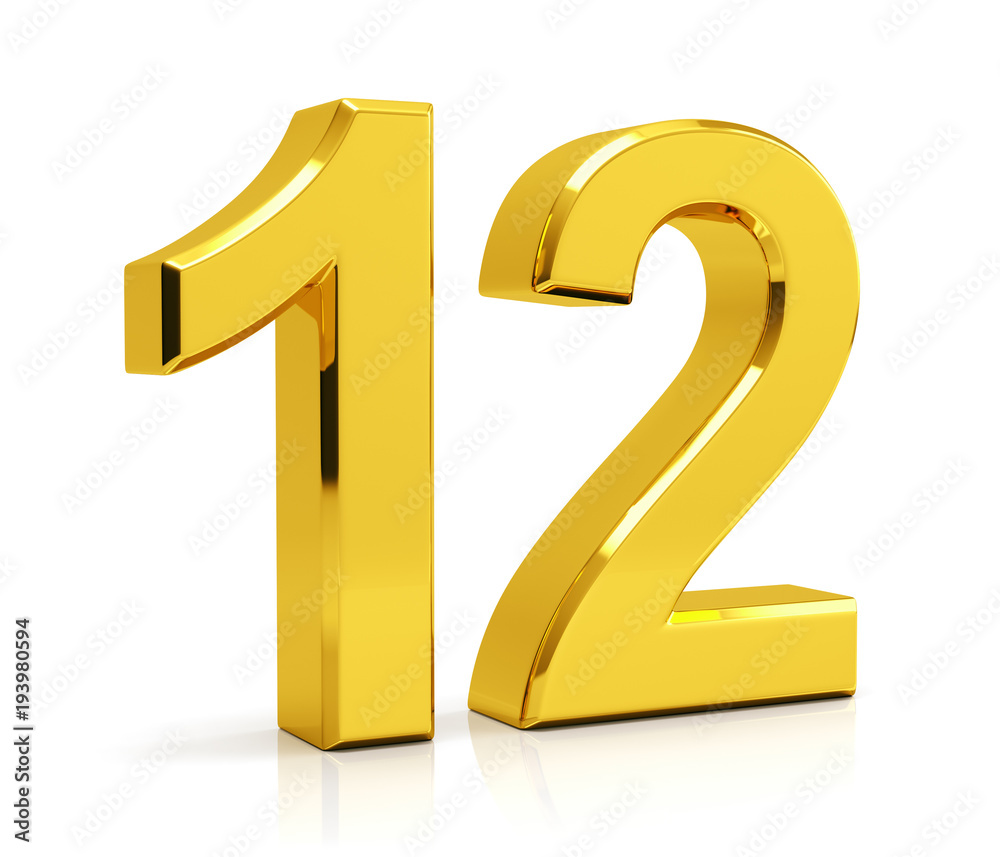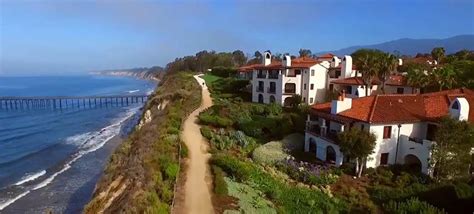The original 1981 film “Clash of the Titans” and its 2010 remake have captivated audiences with their epic tales of mythological heroes and beasts. However, there’s more to these movies than meets the eye. Let’s delve into some fascinating facts about the “Clash of the Titans” franchise that might surprise even the most devoted fans.
1. The Original’s Groundbreaking Special Effects
The 1981 version of “Clash of the Titans” was a landmark in special effects, largely due to the work of legendary special effects artist Ray Harryhausen. His use of stop-motion animation brought the fantastical creatures of Greek mythology to life in a way that was unparalleled at the time. The Medusa, the Kraken, and Pegasus are just a few examples of the iconic creatures he animated.
2. Historical Context of the Remake
The 2010 remake of “Clash of the Titans” was released in a period where 3D movies were gaining popularity, following the success of James Cameron’s “Avatar” in 2009. Although the film was not shot in 3D, it was converted to 3D post-production, a decision that received mixed reviews from critics and audiences alike.
3. The Actors’ Physical Demands
Both the original and the remake required their actors to undergo rigorous physical training. For the 2010 version, Sam Worthington, who played Perseus, had to bulk up significantly for the role. The film’s action sequences and the need to convincingly portray a hero who battles gods and monsters necessitated a high level of physical fitness.
4. MGM’s Initial Reluctance
For the original “Clash of the Titans,” MGM was initially hesitant to greenlight the project due to concerns over its budget and the perceived risk of investing in a film based on Greek mythology. However, the persistence of the film’s producers and the eventual involvement of Ray Harryhausen helped secure the necessary funding.
5. The Evolution of Medusa
Ray Harryhausen’s Medusa in the 1981 film was a blend of snake, woman, and myth, reflecting the creature’s dual nature as both beautiful and deadly. For the 2010 remake, Medusa was reimagined with more emphasis on her serpent-like attributes, while maintaining the core of her character as a powerful, feared creature.
6. Budget and Box Office
The 2010 remake had a significantly larger budget than the original, estimated at around 125 million, compared to the 1981 film's budget of approximately 15 million. Despite mixed reviews, the remake performed well at the box office, grossing over $493 million worldwide, making it a commercial success.
7. The Choice of Zeus
In the 2010 version, Liam Neeson was chosen to play Zeus, bringing gravity and depth to the role of the king of the gods. Neeson’s involvement helped attract a broader audience to the film, leveraging his reputation as a serious and versatile actor.
8. The Kraken’s Design
The Kraken, a sea monster from Norse mythology adapted into the “Clash of the Titans” universe, underwent significant design changes between the two films. The 1981 version depicted the Kraken as a more classical sea monster, while the 2010 remake showed it as a gargantuan, tentacled beast inspired by both mythological and real-world sea creatures.
9. The Use of Real Locations
Both films made use of real locations to add authenticity to their depictions of ancient Greece. The 1981 film shot in various locations in Italy and Britain, while the 2010 remake filmed in locations including the Canary Islands and Britain, combining real-world backdrops with extensive CGI.
10. The Significance of Pegasus
Pegasus, the winged horse, is a symbol of inspiration and wisdom in Greek mythology. In both “Clash of the Titans” films, Pegasus serves not only as a majestic creature but also as a companion and mode of transportation for the heroes, highlighting the special bond between humans and mythological beasts.
11. The Movie’s Themes
At its core, “Clash of the Titans” explores themes of fate, the power of the gods, and human bravery. The films delve into the complexities of Greek mythology, where the lines between fate and free will are often blurred, and the intervention of the gods can both aid and hinder human endeavors.
12. Cultural Impact
The “Clash of the Titans” franchise has had a lasting impact on popular culture, influencing countless other films, TV shows, and works of fiction that draw upon Greek mythology. The franchise’s creatures, characters, and stories have become ingrained in the public imagination, symbolizing the enduring appeal of mythological tales.
Additional Insight: The Legacy Continues
The success of the “Clash of the Titans” films, both the original and the remake, has ensured that the stories of Perseus, Andromeda, and the gods of Olympus continue to captivate audiences. With the advancement of technology and the ongoing fascination with mythology, it’s likely that these timeless tales will be retold and reimagined for generations to come, each time offering a fresh perspective on the clash between mortals and gods.
What inspired the creation of the “Clash of the Titans” films?
+The inspiration behind both the original and the remake of “Clash of the Titans” stems from Greek mythology, particularly the stories of Perseus and his battles against mythological creatures like Medusa and the Kraken. The rich tapestry of Greek myths, with its complex gods, heroes, and monsters, provides a compelling backdrop for epic storytelling.
How did the special effects in the 1981 version of “Clash of the Titans” influence the film industry?
+Ray Harryhausen’s stop-motion animation in the 1981 “Clash of the Titans” set a new standard for special effects in fantasy films. His meticulous craftsmanship and innovative techniques inspired a generation of filmmakers and special effects artists, leaving a lasting legacy in the industry.
What are some of the key differences between the 1981 and 2010 versions of “Clash of the Titans”?
+The 1981 and 2010 versions of “Clash of the Titans” have several key differences, including their approach to special effects, character development, and storytelling. The 2010 remake utilized extensive CGI, unlike the stop-motion of the original, and made changes to the story and characters to appeal to a modern audience.


